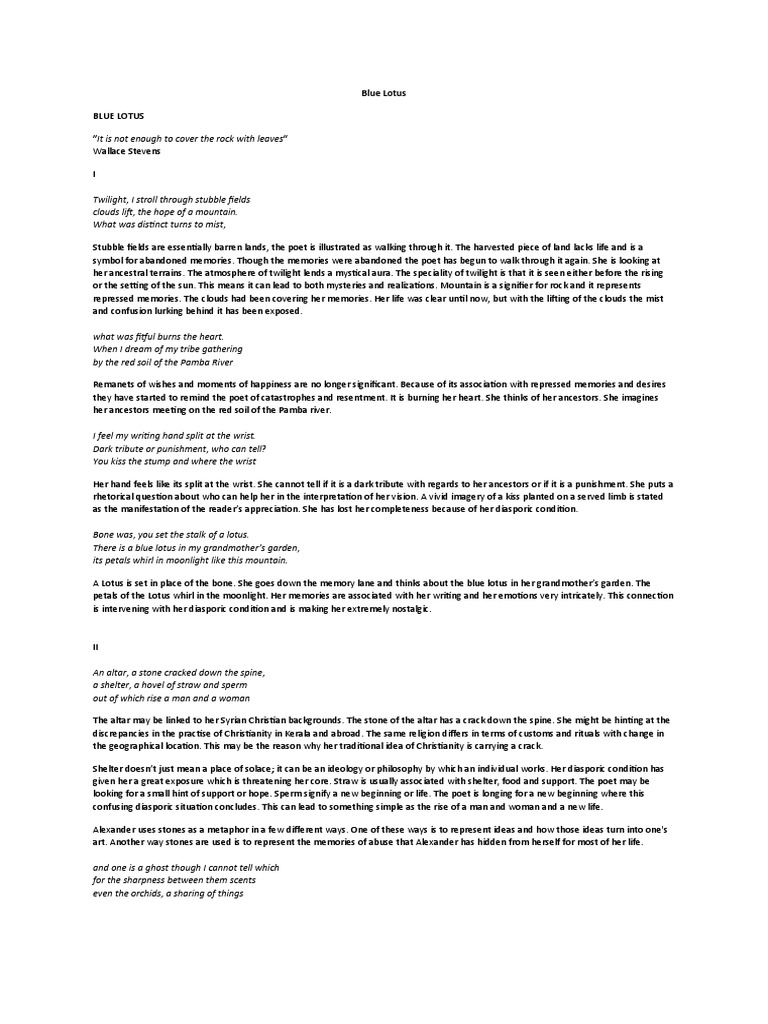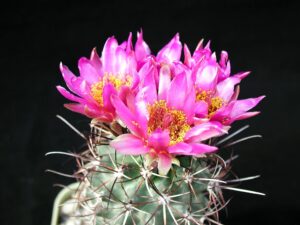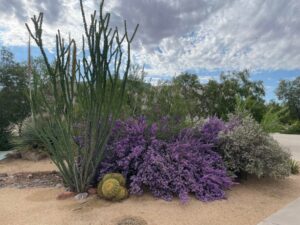The Blue Lotus, scientifically known as Nymphaea caerulea, is a captivating aquatic perennial that captures the imagination with its striking azure petals and enigmatic cultural significance. Renowned for its unique characteristics and aesthetic appeal, this beautiful flower is not only a visual delight but also steeped in history. In this comprehensive guide, we will explore the nuances of growing Blue Lotus, offering insights into its cultivation requirements, maintenance practices, and the enchanting qualities that make it a standout in any garden.
Understanding the Unique Characteristics of Blue Lotus
The Blue Lotus is revered for more than mere visual allure. Its flowers, which bloom in crystalline blue hues, rise majestically above the water’s surface, creating a breathtaking spectacle. This aquatic plant is indigenous to the Nile River Basin and has significant historical and cultural ties to ancient Egypt, where it symbolized creation and regeneration. The plant’s ability to blossom in murky waters while maintaining pristine beauty is an inspiring metaphor for resilience and purity.
Beyond aesthetics, Blue Lotus is celebrated for its psychoactive properties. The flower contains alkaloids that have been used in traditional medicine and spiritual practices, promoting relaxation and introspection. Understanding these multifaceted characteristics can enhance your appreciation of the Blue Lotus, serving as both a decorative element and a fascinating subject of study.
Choosing the Right Environment for Your Blue Lotus
The initial step in cultivating Blue Lotus is selecting an appropriate environment. This aquatic plant thrives in warm climates and requires a temperate range between 70°F to 95°F (21°C to 35°C). If you reside in a cooler region, consider growing it indoors or in a heated greenhouse.
Water Depth and Quality
Blue Lotus enjoys a shallow aquatic habitat, typically needing a water depth of about 12 to 18 inches. It is crucial to use clean, untreated water in your pond or container, as contaminants can jeopardize the health of this finicky plant.
A nutrient-rich environment is essential for optimal growth. You can create this by using aquatic soil mixes or organic compost. Strive for a slightly acidic to neutral pH level (6.0 to 7.0) to facilitate nutrient absorption. Regularly monitor the water conditions to ensure they remain conducive to growth.
Sunlight Requirements
Sunlight is imperative for the Blue Lotus to flourish. It requires full sun exposure for at least 6 to 8 hours daily. When selecting a location, consider positioning the plant where it can bask in the sun, away from trees or structures that may cast shadows. Under optimal lighting, the flower will produce prolific blooms, enhancing its visual impact in your landscape.
Acquiring Healthy Blue Lotus Plants
When it comes to obtaining your Blue Lotus, you can choose between seeds or mature plants. Purchasing established plants from reputable nurseries can expedite the process, as they are often more resilient and better suited for immediate planting.
For adventurous cultivators, seeds present an intriguing option. However, germination may be slow and require patience. Soaking the seeds in warm water for 48 hours and then planting them in a shallow container can stimulate sprouting. Alternatively, you may place the seeds in a damp paper towel until germination occurs before transferring them to their aquatic home.
Nurturing Your Blue Lotus: Growth to Bloom
The journey from planting to flowering can take several weeks or even months, depending on the growing conditions. Consistent care and maintenance are essential during this period. Here are key practices to ensure your Blue Lotus flourishes:
Fertilization
Providing balanced nutrients is vital to successful bloom. Use aquatic fertilizers formulated for pond plants. Fertilization should generally occur every 4 to 6 weeks during the growing season. Avoid excessive use, which can result in murky water and algae growth.
Pest and Disease Management
Like most plants, the Blue Lotus is susceptible to various pests. Regularly inspect your plants for aphids, snails, or other intruders. Introduce beneficial insects or use organic deterrents to manage infestations. Ensuring good water quality and proper spacing between plants can also minimize disease risk.
Seasonal Considerations
The life cycle of the Blue Lotus is influenced by seasonal changes. In colder climates, you may need to acclimate your plants for winter or, in extreme cases, bring them indoors to protect them from frost. Conversely, in warmer seasons, ensure your plants receive ample sunlight and nutrients to achieve maximum flowering potential.
Harvesting and Enjoying Blue Lotus
As your Blue Lotus thrives, you may be tempted to harvest its captivating blooms. Always exhibit courtesy when cutting flowers; remove them in moderation to allow continued growth. Utilize the blossoms in floral arrangements, water features, or simply savor their beauty from your garden. Some culture enthusiasts even employ the petals to create herbal infusions, celebrating the plant’s rich history.
Conclusion: A Botanical Marvel Worth Cultivating
The allure of Blue Lotus lies not only in its striking visual presence but also in its profound historical significance and intriguing botanical traits. By carefully nurturing this exquisite plant, you can create a serene aquatic haven that captivates the senses and provides a link to ancient traditions. Embracing the journey of growing Blue Lotus can lead you to a deeper appreciation for both the plant and the art of gardening itself, making it a rewarding endeavor for any enthusiast.





Leave a Comment